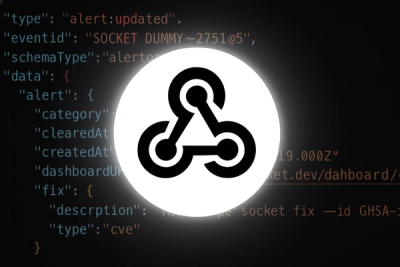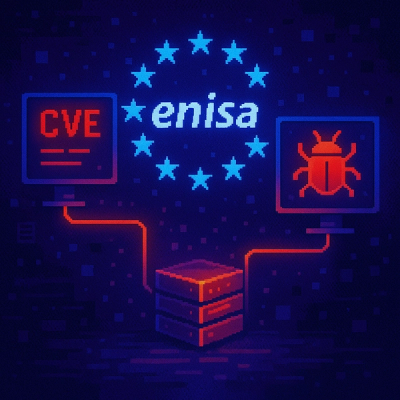
Product
Introducing Webhook Events for Alert Changes
Add real-time Socket webhook events to your workflows to automatically receive software supply chain alert changes in real time.
@adobe/adobe-photoshop-api-sdk
Advanced tools
You’ll need to have:
config.zip that will automatically download.






aws configureaws configure [--profile profile-name]aws s3 ls to verify everything is configured correctly. The command should return a list of your available buckets.git clone https://github.com/adobe/adobe-photoshop-api-sdk to download the SDK.adobe-photoshop-api-sdknpm install to install node modulesprivate.key as config/private.key in this projectconfig/adobe-template.js, fill in the information, and save config/adobe.js
config/aws-template.js, fill in the information, and save config/aws.js
// Adobe Photoshop API Configuration
// https://developer.adobe.com/console/projects -> project -> Service Account (JWT)
const adobeConfig = {
clientId: "",
clientSecret: "",
technicalAccountId: "",
orgId: "",
metaScopes: ["ent_ccas_sdk"],
};
// AWS Configuration
// https://aws.amazon.com/console/
const awsConfig = {
region: "", // us-east-1
bucketName: "" // aws s3 bucket name
}
node src/sample/psapi/01_createCutout.js
// -------------------------------------------------
// Enter your parameters
// -------------------------------------------------
const inputDir = 'input/' //your input directory in S3 bucket (ex: s3://<awsConfig.bucketName>/input)
const outputDir = 'output' //your output directory in S3 bucket (ex: s3://<awsConfig.bucketName>/input/output)
const listObjectsInputRequest = { //URI Request Parameters
// Add more request as you like. see https://docs.aws.amazon.com/AmazonS3/latest/API/API_ListObjectsV2.html for more details
Bucket: awsConfig.bucketName, //Bucket name to list.
Prefix: inputDir, // Keys that begin with the indicated prefix.
MaxKeys: 5 // Sets the maximum number of keys returned in the response. By default the action returns up to 1,000 key names.
};
// -------------------------------------------------
node src/sample/batch_job/01_createCutout_batch.js
aws s3 sync s3://<awsConfig.bucketName>/input/output/ /Users/<username>/Desktop/output/)FAQs
Adobe Photoshop API SDK
The npm package @adobe/adobe-photoshop-api-sdk receives a total of 2 weekly downloads. As such, @adobe/adobe-photoshop-api-sdk popularity was classified as not popular.
We found that @adobe/adobe-photoshop-api-sdk demonstrated a not healthy version release cadence and project activity because the last version was released a year ago. It has 21 open source maintainers collaborating on the project.
Did you know?

Socket for GitHub automatically highlights issues in each pull request and monitors the health of all your open source dependencies. Discover the contents of your packages and block harmful activity before you install or update your dependencies.

Product
Add real-time Socket webhook events to your workflows to automatically receive software supply chain alert changes in real time.

Security News
ENISA has become a CVE Program Root, giving the EU a central authority for coordinating vulnerability reporting, disclosure, and cross-border response.

Product
Socket now scans OpenVSX extensions, giving teams early detection of risky behaviors, hidden capabilities, and supply chain threats in developer tools.